
Aha! :: Elliance Blog
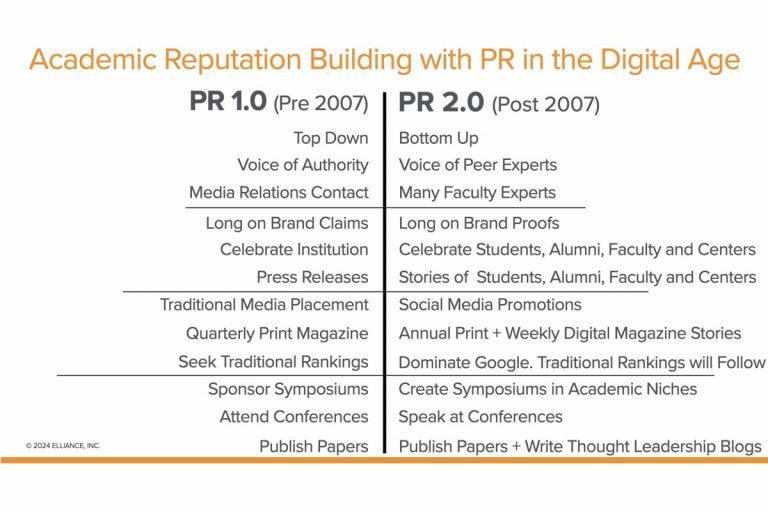
With mass adoption of smartphones and social media, traditional public relations, or PR 1.0, has evolved into PR 2.0. The traditional rules of PR for building reputation in key areas and conveying values have fallen to the way side, and a new paradigm has emerged. Instead of relying on media relations contacts as gatekeepers for […]

Elliance, a higher education inbound marketing agency, has worked with many colleges to increase visibility, traffic and reputation through top Google rankings for their blogs. Read more to find out how we have helped our clients.

Brand anthem videos are powerful marketing tools that distill the argument for a college brand’s essence, and reason for being in a concise and impactful manner. They often serve as the centerpiece of a college or university’s branding, enrollment and fundraising campaigns. Once produced, we use them across various marketing channels including websites, social media […]

Colleges and universities are akin to a small town and serve a vast plurality of people. A college website, being its digital soul, serves a multitude of functions for its many audiences: prospective students, current students, parents, alumni, faculty & staff, donors, employers, research partners, foundations, media, financial institutions, and nearby communities at large. In […]
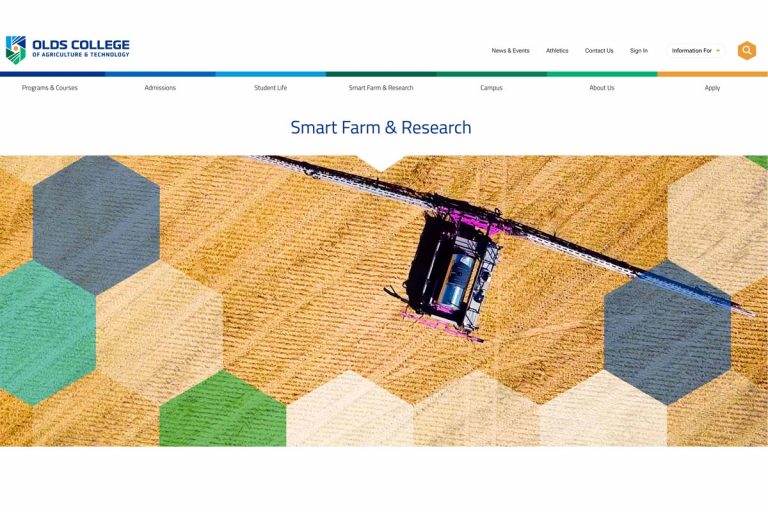
Olds College of Agriculture & Technology sits in the center of Alberta, at the northern edge of North America’s Wheat Belt, a vast swath of the Great Plains. The school’s Smart Agriculture Ecosystem — with labs, 3,600 acre Smart Farm and researchers — plays an outsized role in advancing a range of digital agriculture innovations […]
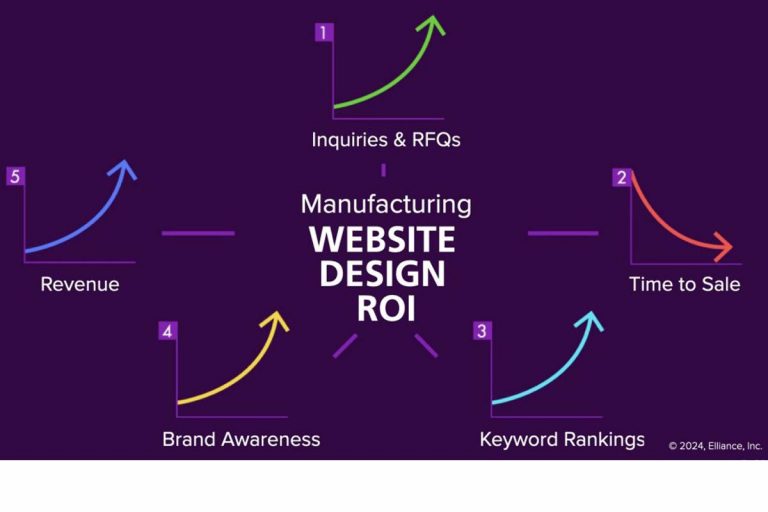
Website projects are huge undertakings. What ultimately matters is not the effort you put into them but the return-on-investment you derive from it. Making a business case for investing in a comprehensive website redesign to bottom-line-driven, quant-minded manufacturers requires hard-nosed, disciplined thinking. Remember that what you invest in a new website design will determine the […]

Today, more than any other touch point, a website is the digital soul of an organization. As one of Pittsburgh’s longest standing manufacturing website development agencies, Elliance has been delivering prosperity to regional and national industrial companies for the past 30 years. Our arsenal of website development best practices includes: 1. Start With a Smart […]
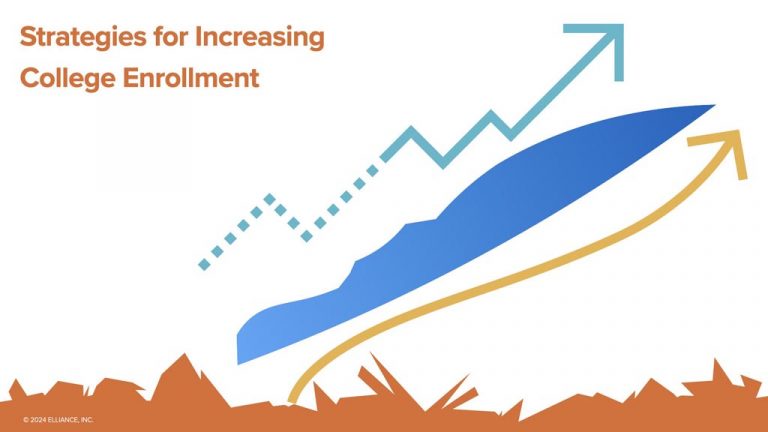
Elliance, a higher education enrollment marketing agency, has built a reputation by both increasing and growing enrollment for more than 100 colleges and universities. Founded on the principle of right-fit matchmaking, our recommended strategies revolve around six core beliefs. First, if they can’t find you, they can’t enroll in your college. Second, if they do […]
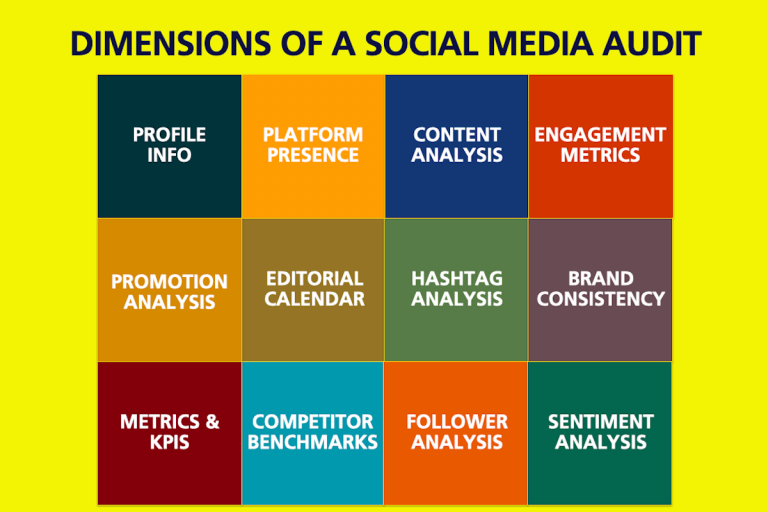
As a leading social media agency for manufacturers and industrial companies, we are frequently asked to share our best practices. This is part of a series of posts to explain how social media audit can serve their interests. A social media audit involves a comprehensive review of a industrial company’s primary social media channels, profiles, […]
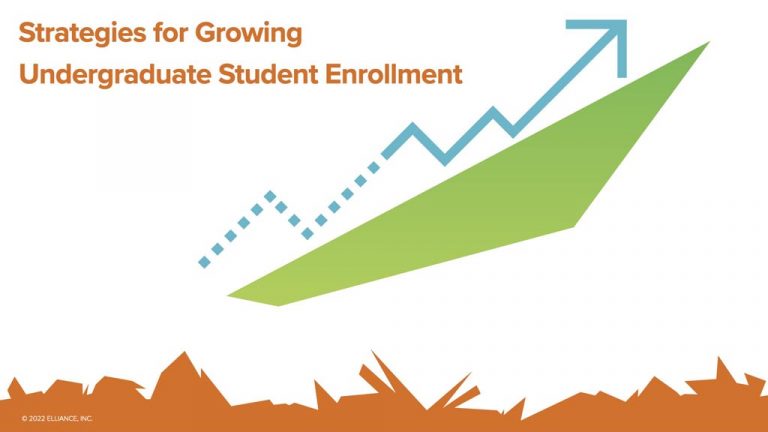
Elliance, a higher education enrollment marketing agency, has built a reputation by both increasing and significantly growing undergraduate student enrollment for more than 50 colleges and universities. Founded on the principle of right-fit matchmaking, our recommended strategies revolve around five core beliefs. First, if they can’t find you, they can’t buy you. Second, if they […]